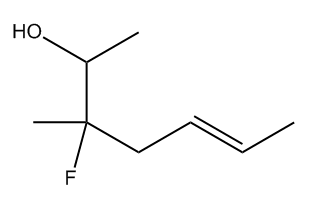Understanding stereoisomers is crucial in organic chemistry, particularly when predicting the types of isomers based on the presence of chiral centers in a compound. A compound with no chiral centers is typically classified as achiral, meaning it does not have distinct mirror images. However, there are exceptions, such as atropoisomers, which can exhibit chirality despite lacking traditional chiral centers.
When a compound contains exactly one chiral center, it is always chiral. This is because a single chiral center allows for two distinct spatial arrangements, leading to the formation of enantiomers—molecules that are non-superimposable mirror images of each other. The presence of this chiral center means that if you were to reflect the molecule in a mirror, you would obtain its enantiomer.
For compounds with two or more chiral centers, the general assumption is that they are chiral as well. However, there is an important exception known as meso compounds. Meso compounds possess multiple chiral centers but are achiral due to an internal plane of symmetry that makes them superimposable on their mirror images. In addition to enantiomers, compounds with two or more chiral centers can also form diastereomers. Diastereomers are stereoisomers that are not mirror images of each other, distinguishing them from enantiomers, which are always exact mirror images.
In summary, the relationship between chiral centers and stereoisomers can be summarized as follows: compounds with no chiral centers are usually achiral, those with one chiral center are always chiral and form enantiomers, and compounds with two or more chiral centers are generally chiral but can also include meso compounds and form diastereomers. Understanding these classifications is essential for predicting the behavior and properties of various organic molecules.





